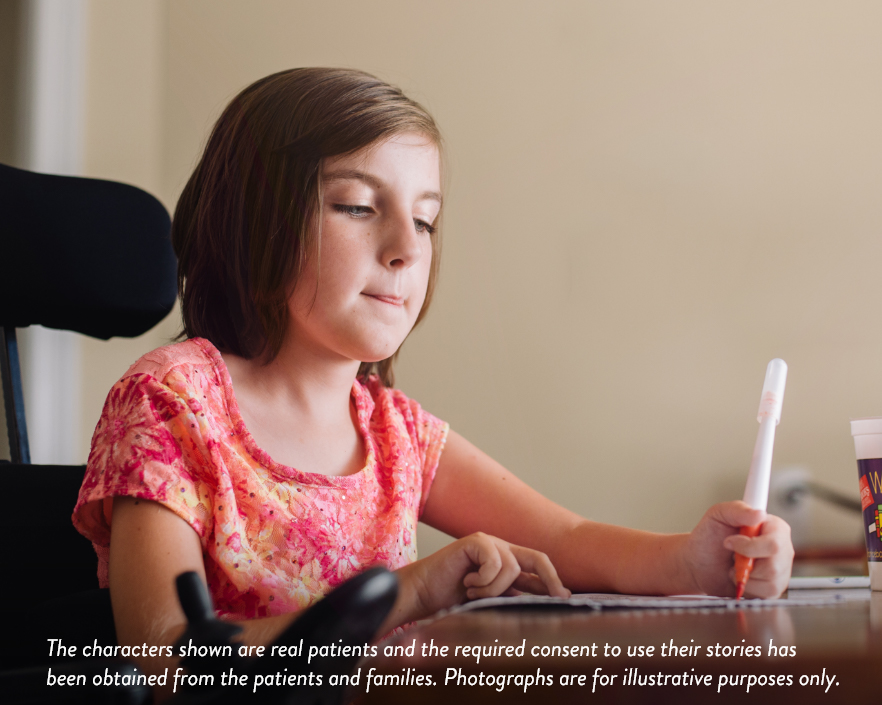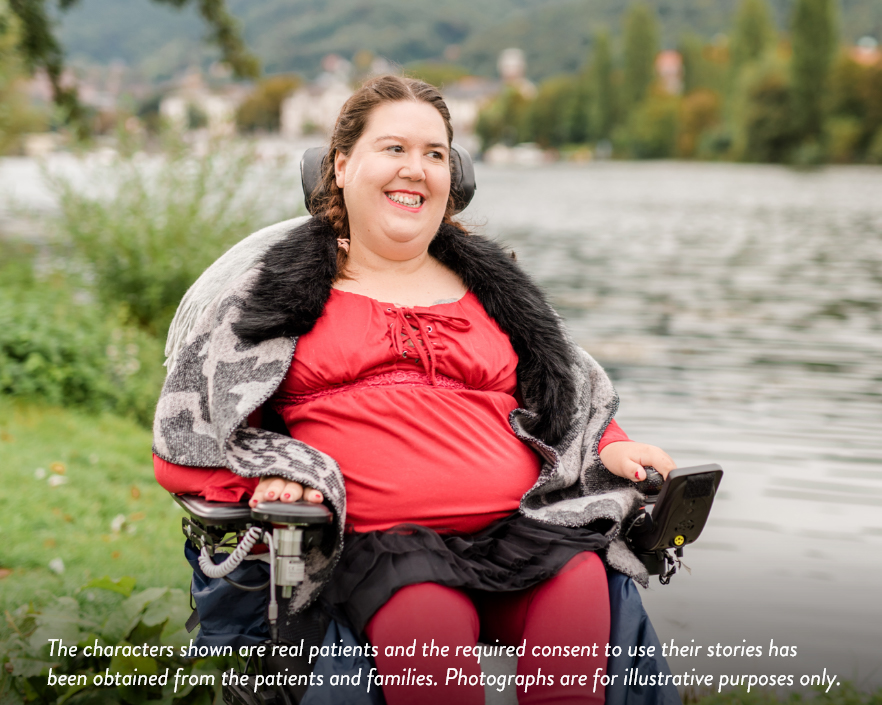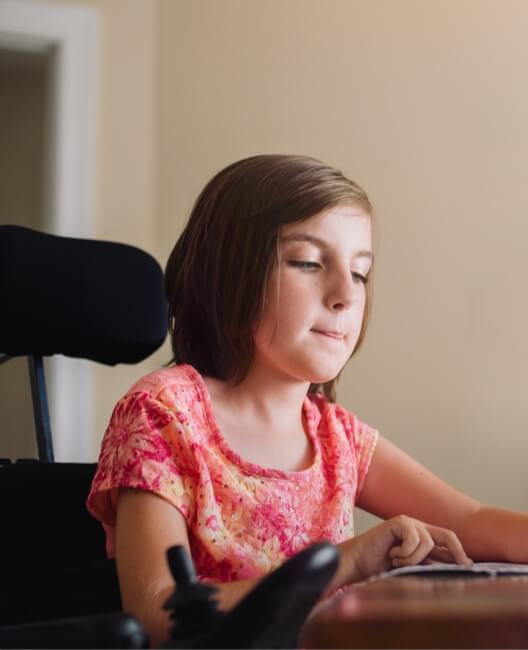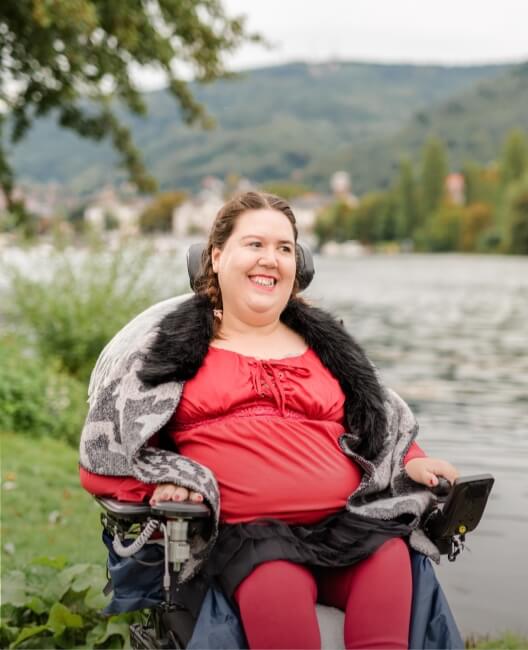The characters shown are real patients and the required consent to use their stories has been obtained from the patients and families. Photographs are for illustrative purposes only.
SIGN AND SYMPTOMS OF SMA
Each person experience symptoms differently. Symptoms may include progressive muscle weakness, floppiness, and muscle wasting (atrophy). Muscle weakness is usually the same on both sides of the body.2
CHARACTERISTICS OF SPINAL MUSCULAR ATROPHY
Click through the tabs to see additional details about each type.
CONNECT
to learn more about about how to be part of the SMA community
The characters shown are real patients and the required consent to use their stories has been obtained from the patients and families. Photographs are for illustrative purposes only.
References
1. Kolb SJ, Kissel JT. Spinal muscular atrophy: a timely review. Arch Neurol 2011;68(8):979-984.
2. Mercuri E, et al. Diagnosis and management of spinal muscular atrophy: Part 1: Recommendations for diagnosis, rehabilitation, orthopedic and nutritional care. Neuromuscl Disord 2018;28(2):103-115.
3. Prior TW, Russman BS. Spinal muscular atrophy. NCBI Bookshelf Website. Available at: http://www.ncbi.nlm.nih.gov/books/NBK1352/. Updated November 14, 2013. Accessed April 15, 2016.
4. Cure SMA. Understanding Spinal Muscular Atrophy (SMA). Available at: https://www.curesma.org/types-of-sma/. Accessed January 9, 2017.
5. Markowitz JA, Singh P, Darras BT. Spinal muscular atrophy: a clinical and research update. Pediatr Neurol 2012;46(1):1-12.
6. Oskoui M, Levy G, Garland CJ, et al. The changing natural history of spinal muscular atrophy type 1. Neurology 2007;69(20):1931-1936.















































